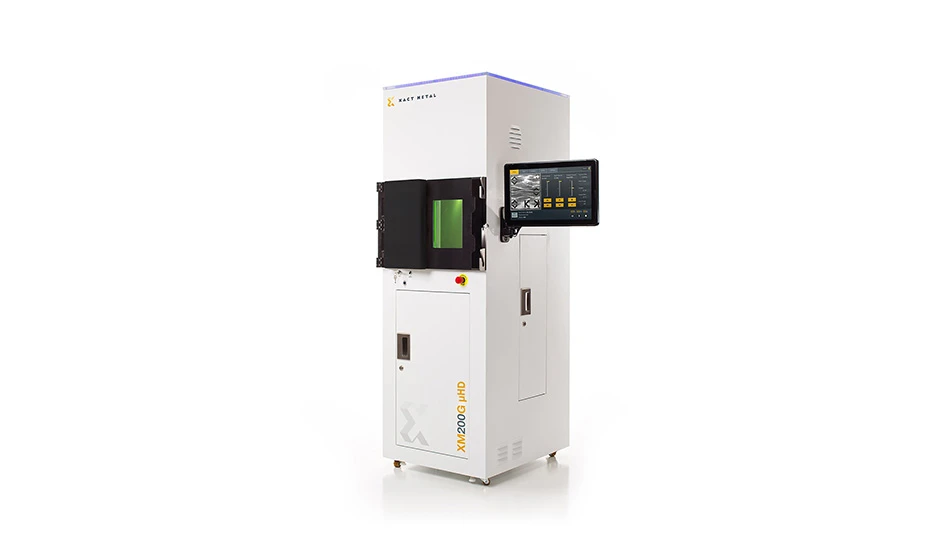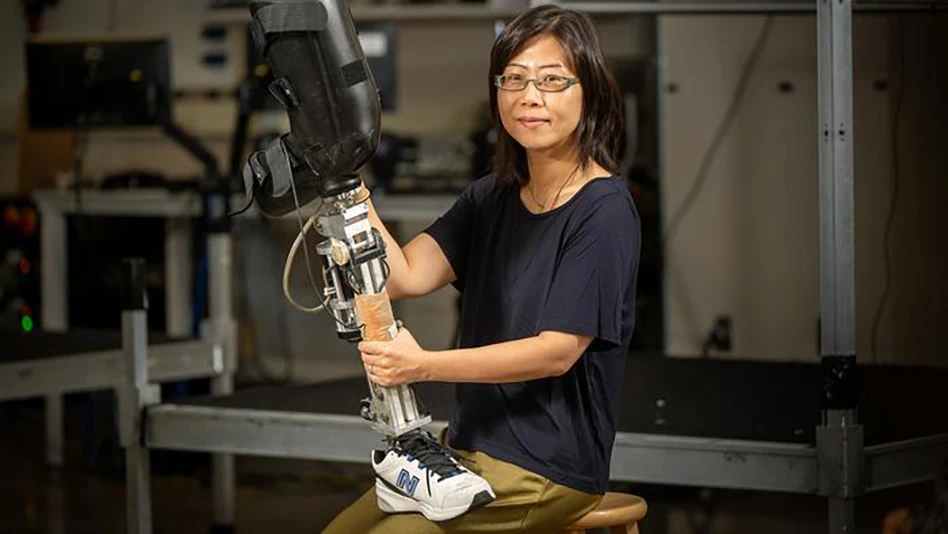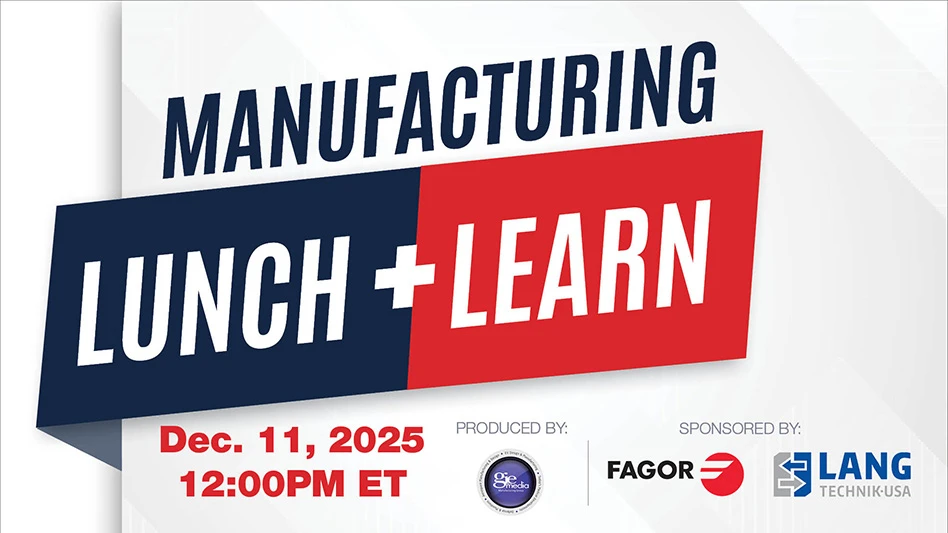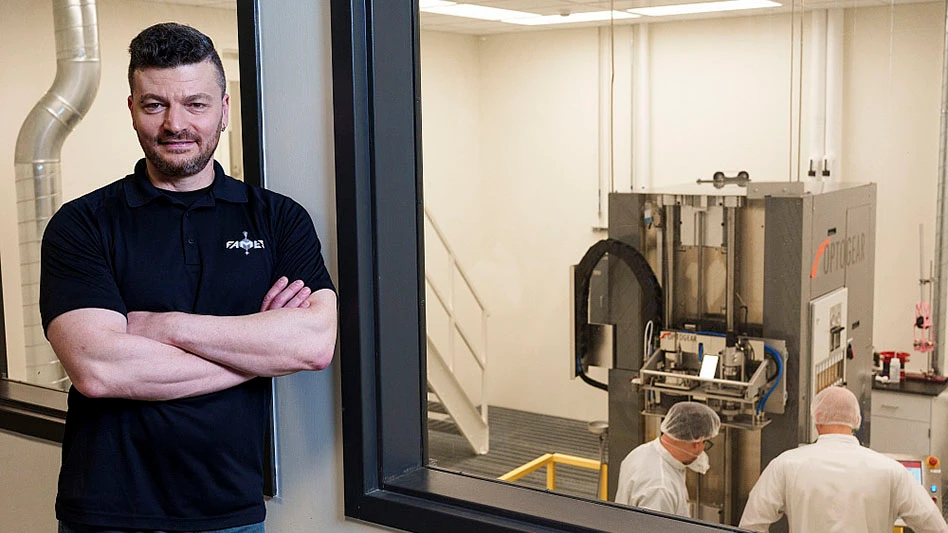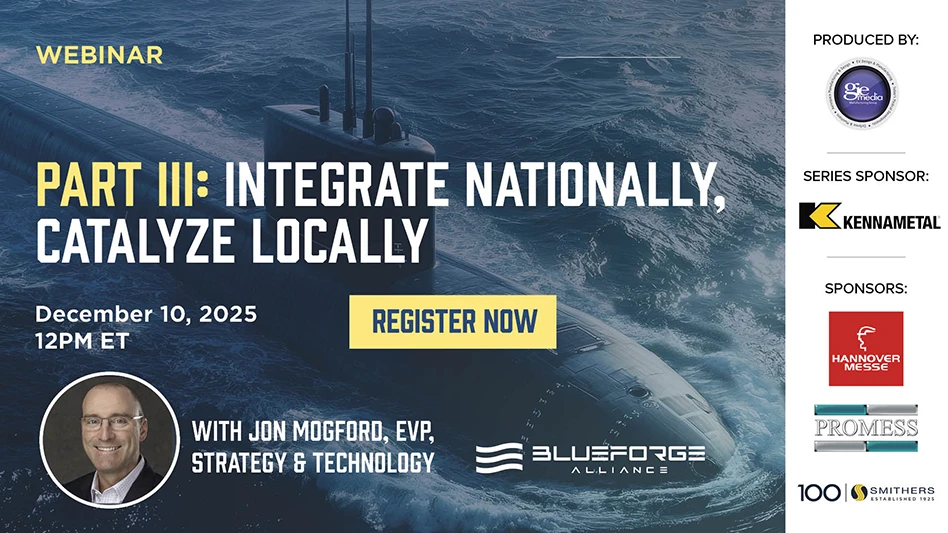
Morrisville, Pennsylvania – Gelest Inc. officials introduced a revolutionary technology that will allow design engineers to create innovative devices to meet new applications. This class of elastomers has unprecedented elongation and shape recovery abilities. The new materials break records for elongation and rules of elastomeric behavior. The materials were developed by Gelest with characterization assistance by Lawrence Livermore National Laboratory, Livermore, California, which provided advanced analytical techniques. The scientific journal Advanced Materials features a research article describing these materials.
Gelest, in announcing commercialization of the technology, explains that the materials are available now in an industrial grade, Gelest ExSil 100, and a more highly refined, biocompatible medical grade. The silica nanoparticle-reinforced material approaches 5,000% elongation at break.
“A 2-yard piece stretches the length of a football field,” said Dr. Barry Arkles, Gelest president and chief technology officer. “By contrast, a highly stretchable elastomer, such as the rubber in a household rubber band, would break at about 6 to 8 yards, with 200% to 400% elongation at break, while a high-performance stretchable elastomer would extend to about 20m, or 1,000% elongation at break.”
On a smaller scale, he said, a cylindrical sample with a 1cm diameter will narrow to approximately 1mm diameter at full extension and then return to its original shape when tension is released.
“This is not an incremental advance of highly stretchable elastomers, but a revolution in elongation,” Dr. Arkles added.
Gelest engineers discovered the materials when looking to build silicones with different functional groups – in this case, a vinyl and a hydride – at opposite ends of a heterobifunctional siloxane macromonomer using a specific technique called “living anionic ring opening polymerization.” Gelest engineers created the macromonomer and discovered an unprecedented class of materials when the macromonomer was subjected to a second “step-growth” polymerization. The newly discovered material is an elastomer without the true crosslinks characteristic of typical silicones.
“The elastomer has no apparent crosslinking which is typically a requirement for elastomeric behavior in silicones,” said Dr. Jonathan Goff, Gelest senior R&D manager, polymers and technical services. “We believe this is the key feature that differentiates this material from conventional silicone elastomers and is what accounts for the unprecedented elongation.”
Goff, Sulaiman, and Arkles at Gelest and Lewicki, staff scientist at Lawrence Livermore National Laboratory, detailed their research and analysis in a paper, “Soft Materials with Recoverable Shape Factors from Extreme Distortion States,” published by Advanced Materials in open access.
The ExSil 100 and medical grade elastomers eliminate the limitations of previous materials and open new areas of innovation for design engineers, according to Ed Kimble, Gelest product manager silicones.
He further added, “Gelest envisions a wide range of applications in areas such as microfluidics, implantable medical devices, elasto-mechanical devices, diaphragms, and optical and electronic interconnects and devices.”
The ExSil 100 elastomer enables design engineers to create microfluidic devices that can withstand movement, elongation, and distortion, yet still retain functionality.
“Given its shape-recovering ability, the medical grade is applicable for implantable devices that can be stretched, rolled, and inserted into a syringe, injected through a small opening into the body and then, once in place, can return to its original shape,” said Kimble. Other potential applications are formable micro-electrode arrays, synthetic skin and other compliant materials (i.e. intelligent plaster, e-skin, and Micro-ID).
Source: Gelest
Latest from Today's Medical Developments
- GrindingHub Americas launches in 2027 in Cincinnati, Ohio
- Methods Machine Tools now offers the Nakamura-Tome NT-Flex
- Battelle awards $900,000 in STEM education grants to Ohio schools
- #55 Lunch + Learn Podcast with KINEXON
- Starrett and Gerstner offer limited edition, American made 1950s replica wooden machinist tool chests
- EMCO’s UNIVERSALTURN 50: The new benchmark in universal turning
- Archetype's Expertise for Equity accelerates early-stage innovation
- Stratasys expands its AM solutions with Tritone's cutting-edge technology
